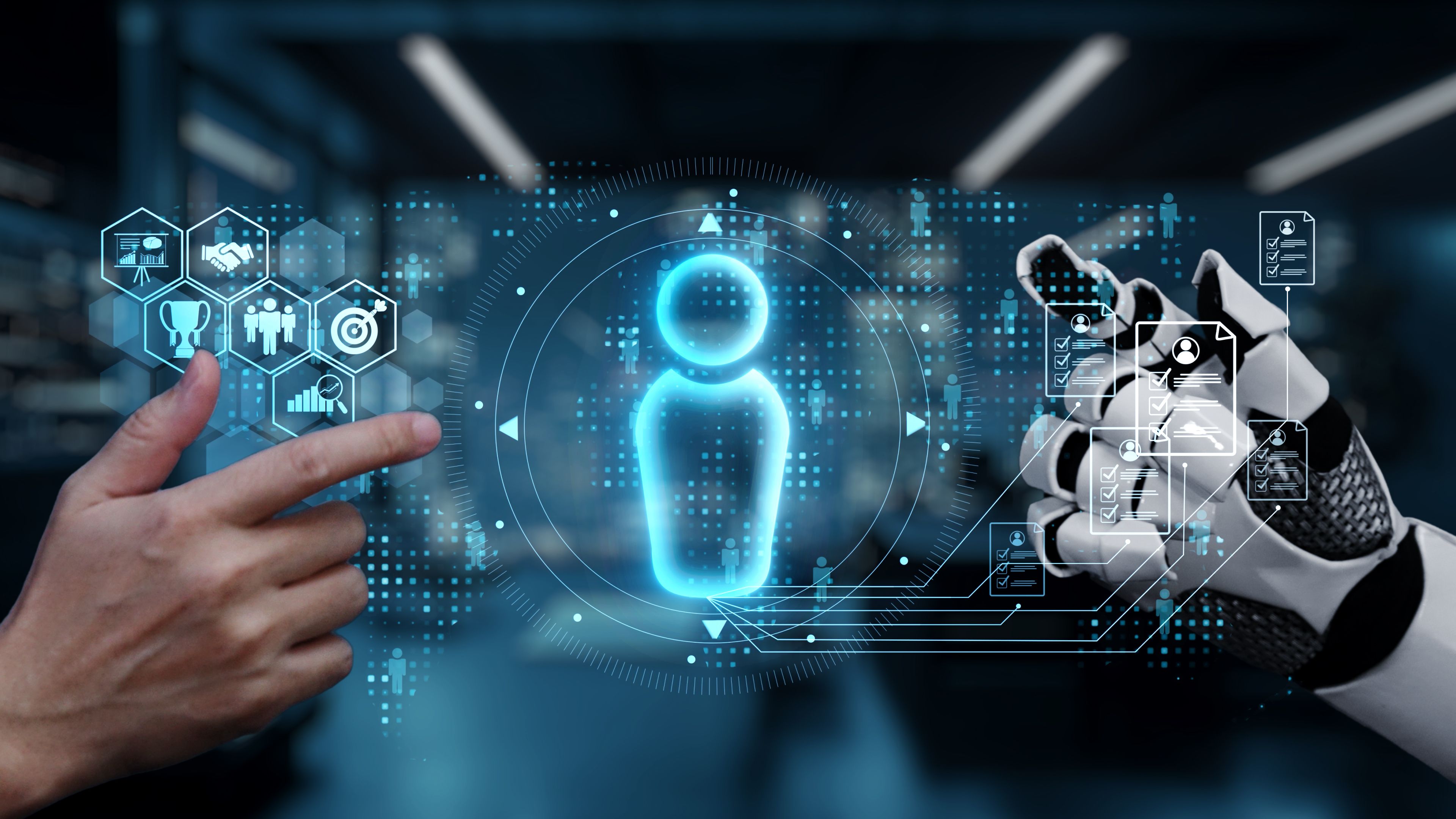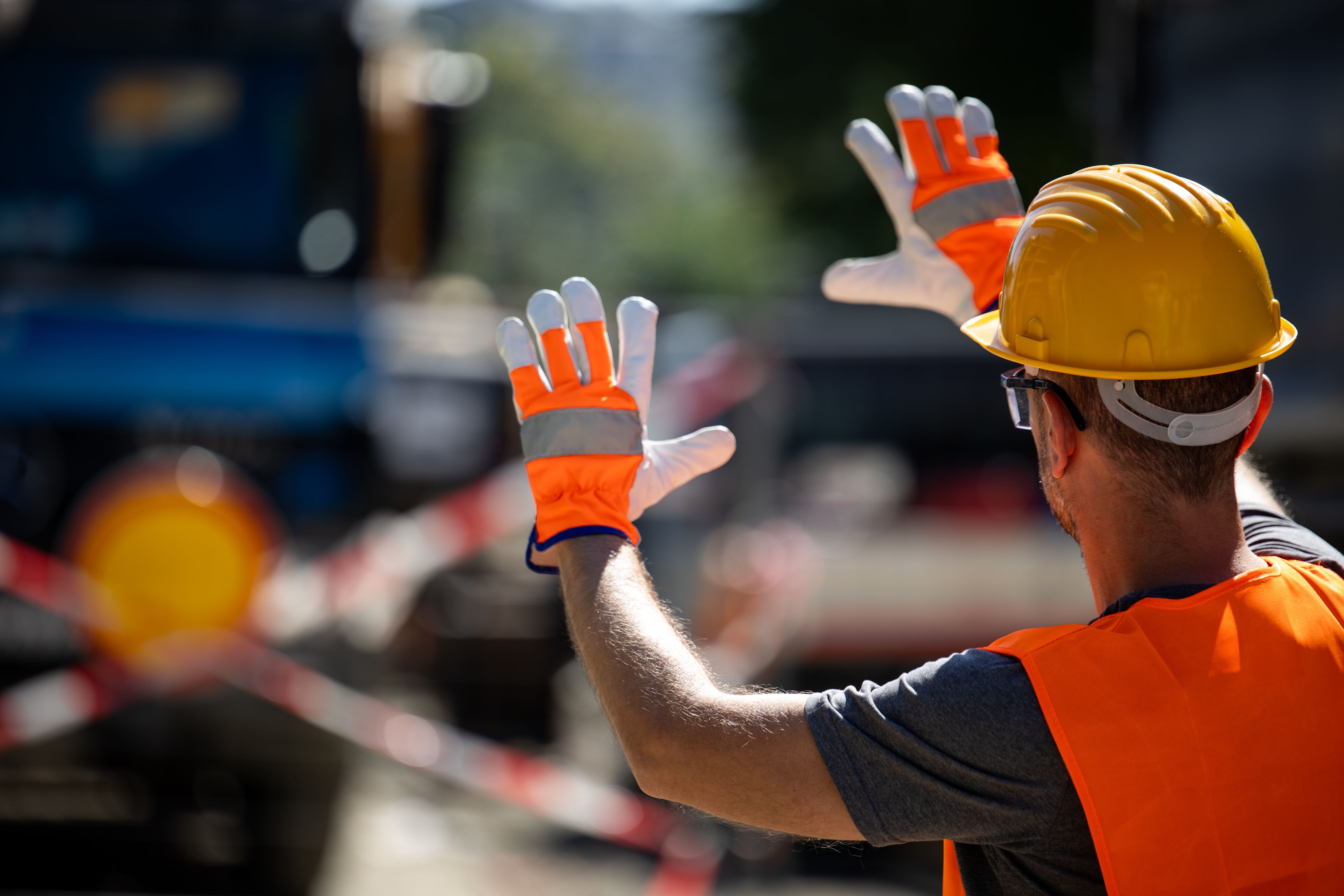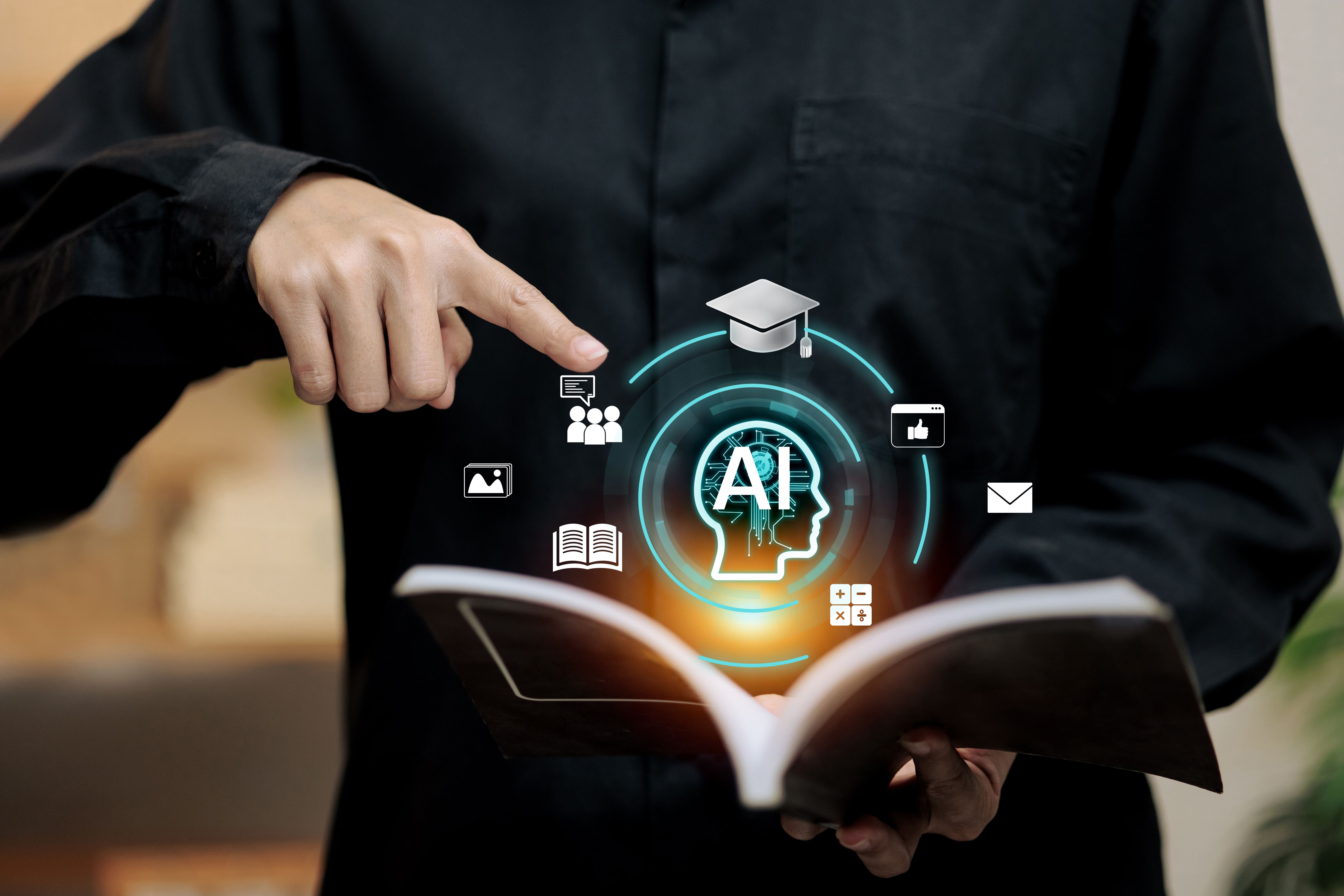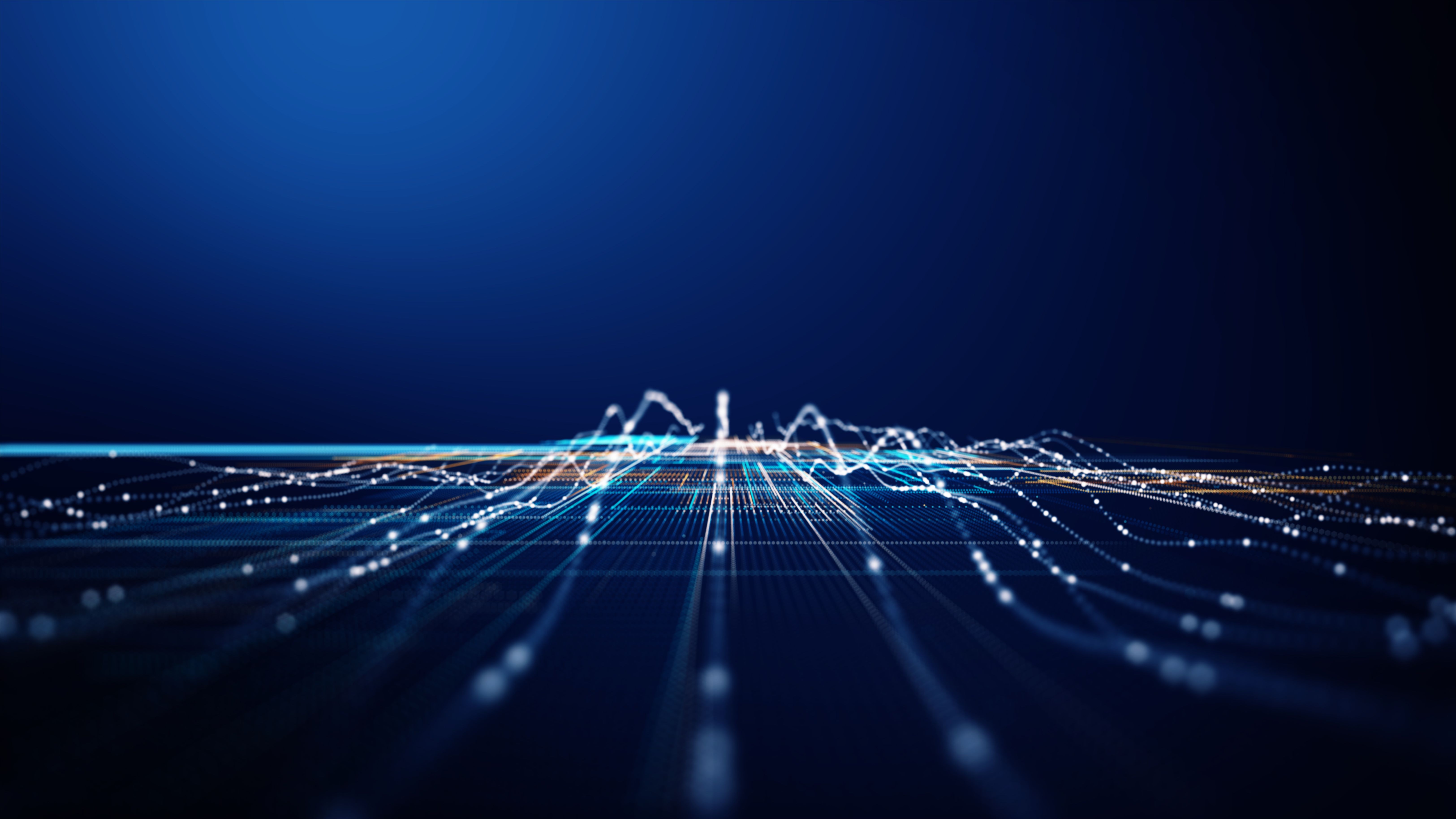AI Revolutionizing Skilled Trades: What You Need to Know
The Role of AI in Skilled Trades
Artificial Intelligence (AI) is no longer confined to tech giants and innovative startups; it is making significant inroads into the skilled trades industry, revolutionizing the way professionals operate. From enhancing precision to improving safety measures, AI is becoming an indispensable tool for tradespeople. As automation technologies evolve, the skilled trades must adapt to harness these advancements effectively.

Enhanced Precision and Efficiency
One of the primary benefits of AI in skilled trades is the enhancement of precision and efficiency. AI-powered tools can analyze complex data sets to optimize processes, reducing human error and increasing productivity. For instance, in construction, AI algorithms can assist in creating detailed blueprints, ensuring that every measurement is exact and every material is utilized efficiently.
Furthermore, AI systems can monitor ongoing projects in real-time, providing instant feedback and adjustments. This ability to adapt on the fly allows for more efficient resource allocation and minimizes waste, which is crucial in industries where margins can be tight.
Improved Safety Measures
Safety is a paramount concern in all skilled trades, and AI is playing a crucial role in enhancing safety protocols. AI technologies can predict potential hazards by analyzing environmental data and historical accident reports. This predictive capability allows for proactive measures to be put in place, significantly reducing the risk of accidents.

Additionally, AI-powered wearable devices can monitor workers' health and physical conditions in real-time, alerting them and their supervisors to potential risks such as fatigue or exposure to harmful substances. These innovations not only protect workers but also ensure compliance with safety regulations.
Training and Skill Development
AI is also transforming the way skilled tradespeople are trained. Virtual reality (VR) environments powered by AI provide immersive training experiences that are both safe and highly effective. Trainees can experience realistic scenarios that prepare them for real-world challenges without the associated risks.
Moreover, AI-driven platforms can tailor training programs to individual needs, ensuring that each worker acquires the necessary skills at their own pace. This personalized approach to education is helping to bridge the skills gap in the trades industry, equipping workers with the tools they need to succeed in an ever-evolving landscape.

Challenges and Considerations
While the integration of AI into skilled trades offers numerous benefits, it also presents challenges that must be addressed. One significant concern is the potential job displacement due to automation. However, rather than eliminating jobs, AI is likely to transform them, requiring workers to develop new skills that complement AI technologies.
Another consideration is the investment required to implement AI solutions. Businesses must weigh the initial costs against the long-term benefits of increased efficiency and safety. Ensuring that workers are adequately trained to use AI tools is also essential for successful integration.
The Future of Skilled Trades
As AI continues to advance, its impact on skilled trades will only grow. By embracing AI technologies, the industry can improve efficiency, safety, and training, ultimately leading to more innovative and sustainable practices. The future of skilled trades is one where human expertise is enhanced by AI, leading to a new era of productivity and innovation.

In conclusion, the AI revolution in skilled trades is not just about adopting new technologies but also about reimagining how work is done. As tradespeople and businesses adapt to these changes, they will discover new opportunities for growth and development, ensuring that skilled trades remain a vital part of the economy for years to come.